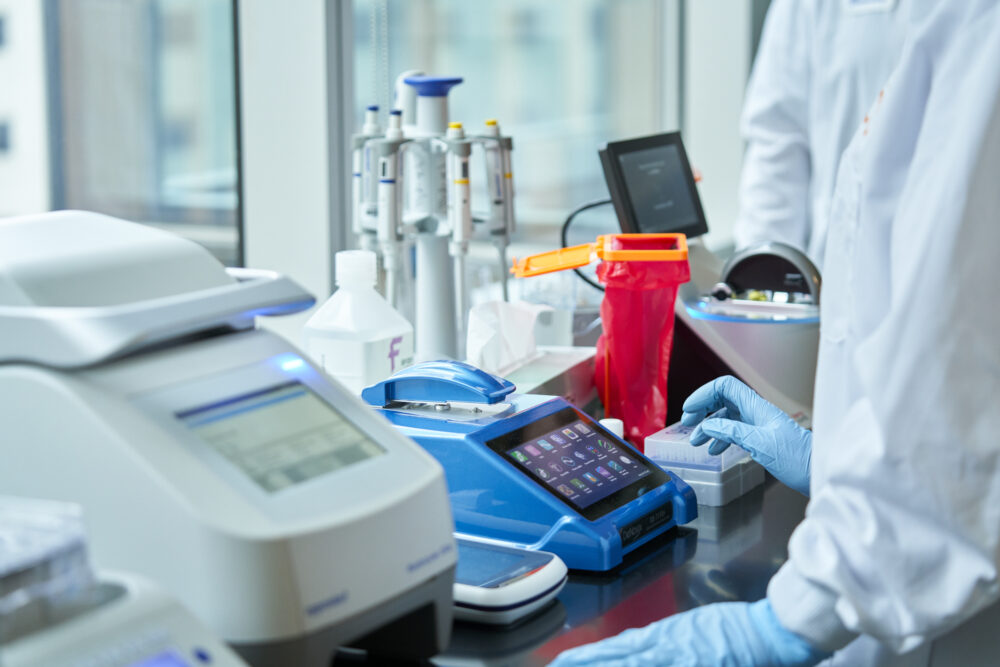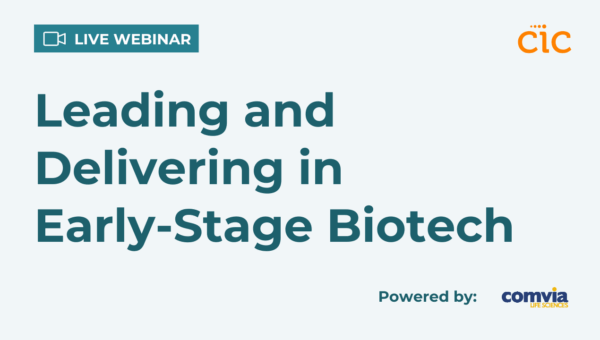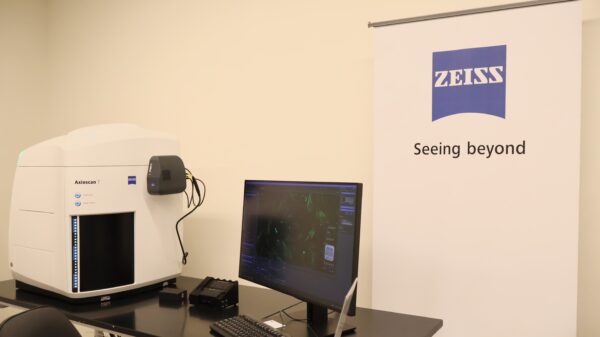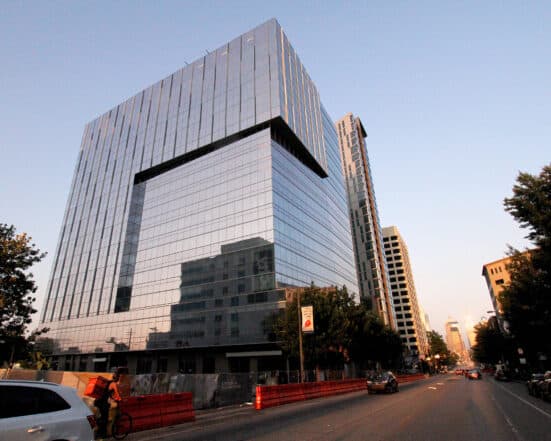Tevogen’s groundbreaking work in targeted T-cell therapies is rooted in two fundamental beliefs. First, the next frontier of medical innovation lies in the purposeful development of accessible, personalized immunotherapies. Second, we must look to disruptive business models to sustain medical innovation in a post-pandemic reality.
Founded at the height of the COVID-19 pandemic, Tevogen began as a project housed within lab space at Jefferson University in Philadelphia. At the time, they were collaborating with Dr. Neal Flomenberg, Professor and Chair of the Department of Medical Oncology and Deputy Director of Jefferson’s Sidney Kimmel Cancer Center. Today, Dr. Flomenberg serves as Tevogen’s Chief Scientific Officer and Global R&D Lead.
For a while, the lab space provided by Jefferson University worked well for Tevogen, ideally meeting their infrastructure, equipment, and support needs.
“As we progressed in the company, however, we reached a point in early 2022 when we knew we needed to expand,” says Tevogen CTO Stephen Chen.
The challenge of transitioning from research to biotech
At this point, the Tevogen team knew they were taking a greater step than simply moving to a larger laboratory space. Tevogen’s story began as a research environment housed within an academic institution, but that would change in this next phase of expansion.
“When you’re in a research environment, you’re typically in a building or space with many different labs next to each other,” Chen notes. “That means you can always stop by, poke your head in, and ask for favors.”
Since Tevogen was evolving from an academically rooted research initiative to a biotech company, that would no longer be the case.
“When you transition from research to biotech, you become a standalone company,” Chen says.
“Typically, you don’t have other resources at your disposal or nearby. That’s not an easy transition to make for those coming from research because you can easily lose that sense of connection with others — or even simply having someone to reach out to when you need extra pipette tips or centrifuge tubes. You lose those built-in daily interactions.”
Tevogen discovered CIC at the right time
In partnership with a broker, Tevogen began their search for a new space to facilitate their expansion and evolution. They initially considered a nearby space, but the lab space available would not be fully built and completed by the time they were looking to make their move.
“We were looking for something more immediate,” Chen says. “That’s when we came across CIC. It was a nice, shiny lab space recently completed on the seventh floor. It was ready for us to move in and was geographically favorable, in terms of being a location where our employees were accustomed to going.”
But the attraction of CIC extended beyond location and availability.
“Being able to leverage all of the other resources and amenities from CIC, as well as their community, made that challenging transition away from academic research much easier,” Chen says.
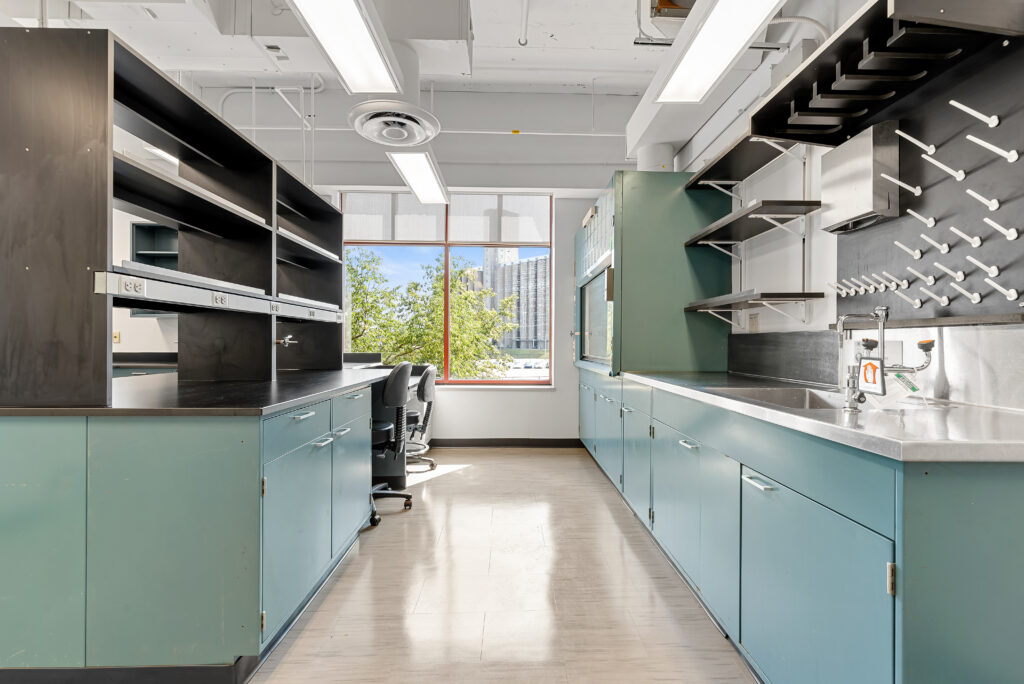
The importance of determining fit between Tevogen and CIC
“When Tevogen approached us, they were excited, but they also had a lot of questions — as they should,” recalls Michelle Ottey, Ph.D., Global Head of Centers and Labs.
“They wanted to make sure we were a good fit, and that’s something we look for in potential clients, as well.”
This is accomplished by ensuring alignment between CIC and the prospective lab’s client. For example, can the science a prospective client wants to perform be done in the CIC space? Is there a clear path for them to grow within CIC’s life sciences ecosystem?
“We spent time getting to know their founders and some of the scientists,” Ottey says. “Their commitment to DEIB was strong, and their potential to grow within this ecosystem, add jobs, and be an influential member of our community was incredible.”
Then there was the science of what they are doing.
“We saw that they’re really thinking bigger picture about the accessibility of immunotherapies,” Ottey points out. “They’re reaching higher, and it’s impressive to see them working and to have them as a part of our community, as such innovative scientific thinkers.”
From Tevogen’s perspective, CIC offered not only the space, but also the state-of-the-art shared equipment and support structure they needed, exactly when they needed it. For example, CIC’s team makes it easy for scientists to spend more time at the bench, rather than having to deal with headaches such as waste management, lab coat ordering, and so on.
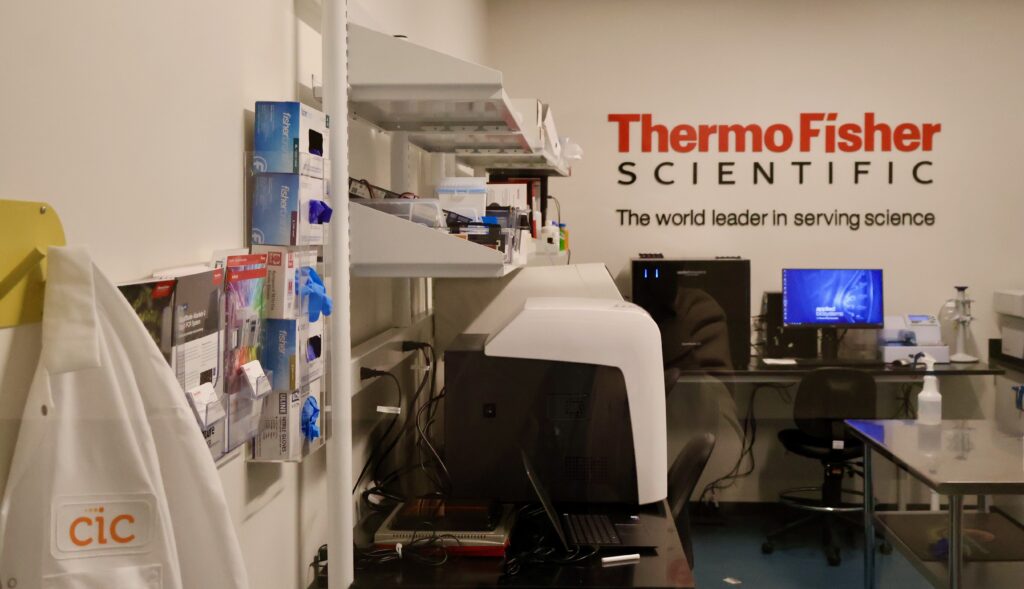
Tevogen moved in and hit the ground running
“One of the benefits of the CIC space for labs is you literally just need to bring your cell lines and your media, and we have everything else you need, including state-of-the-art equipment and support that is often only available to large companies,” Ottey says. “We offer quite a bit of support to our CIC innovation partners — from wire cabling solutions to running different gas lines, we take care of as much as possible.”
Tevogen swiftly launched their operations by leveraging the move-in ready lab facilities at CIC. They only needed to bring their specialized equipment for targeted T-cell therapy, as everything else was already in place.
In addition to their lab benches, Tevogen took on three private offices. According to Chen, this was a purposeful choice:
“We wanted to make sure our employees had separate work spaces and desks to work quietly, rather than always having to be in the lab. That’s not always comfortable.”

Throughout the moving and transition process, CIC also provided support to Tevogen.
“Our CIC Relationship Manager was always available for questions,” Chen says. “She helped us get in touch with necessary contacts, such as movers. She got us our badges and helped us set up the office space we rented out. She also gave us an overview of the CIC building and amenities. She was very friendly and helpful throughout the onboarding process.”
Cultivating connection and lessening the load
“I believe in the power of a network,” Chen says. “You never know what you’re going to come across or what will be sparked through a simple sharing of ideas. There’s a big effort at CIC to engage the folks within the community. To get together and network with each other.”
That’s why Tevogen encourages all of their staff to try to participate in any or all of the events offered by CIC.
“When you expand relationships and networks, it contributes to the success of a growing, innovating company.”
This fostering of community is an intentional part of the CIC experience.
“Tevogen has the potential to achieve success anywhere they go, because they’re founded by such incredible thinkers,” Ottey says. “We try to accelerate the innovation process in different ways. First, we provide those built-in networking opportunities through our community. Second, we look to lessen their day-to-day load.”
Accelerating growth and innovation in the start-up phase
Having CIC’s resources at their fingertips helped facilitate Tevogen’s work with much less friction.
According to Chen, “We don’t have to go out and get a demo for an instrument, get a quote for an instrument, and then wait for an instrument to come in before we can start using it. We can just go down the hall and start using a piece of equipment after we get trained on it. It seems like a little thing that you might think is trivial but, these steps can add significantly to the timeline if you’re a company working on your own.”
When you’re in startup mode, Chen notes, this is invaluable.
“In those initial phases, you’re looking for a cost-effective place to work, do research, and expand your technology. With CIC, you’re able to leverage their resources — both in terms of the other companies to network with on site, as well as the infrastructure and amenities they provide.”
“If you’re a growing company, you don’t necessarily know all that’s out there,” Chen continues. “Being in a place like CIC will definitely help accelerate your growth and innovation process. You can reach out to other people for ideas and you don’t have to reinvent the wheel.”
